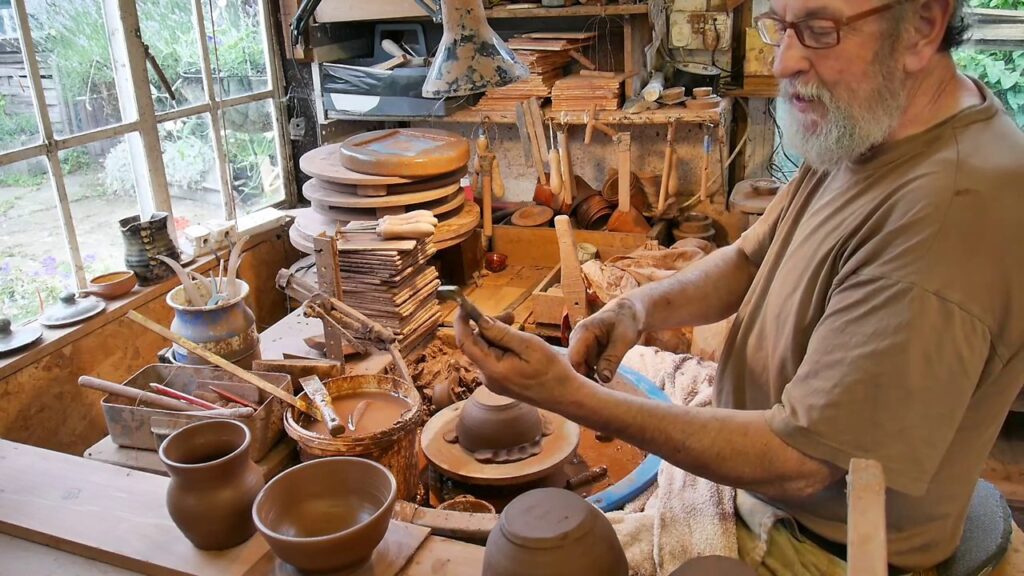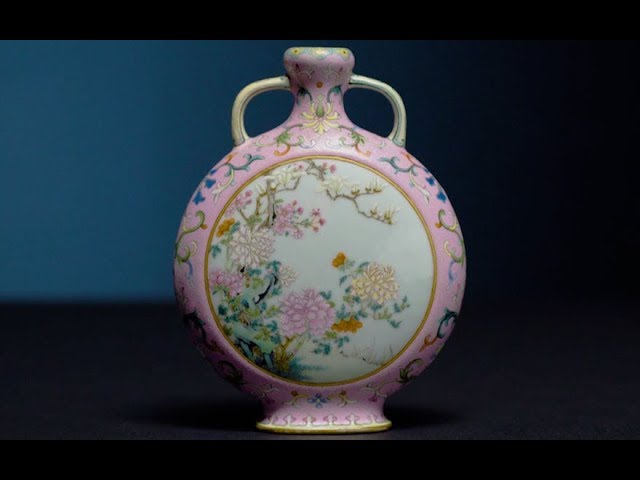Throwing & decorating English slipware pots: Taena Pottery, Gloucestershire
I had the pleasure of filming two exceptional people and skilled potters demonstrating their craft! The historic Taena Pottery – surrounded by mulberry trees and bee-filled lavender – is having its first flirtation with the internet!
Vici and Sean Casserley are the second generation of potters to run the beautiful Taena Pottery. It was started in 1948 by a group of conscientious objectors and survived their dispersal in the 1960s.
Specialising in traditional English slipware, Vici and Sean make and sell their pots from a studio and shop nestled on the edge of the Cotswold escarpment. You can buy read-made or bespoke pieces.
Contact details:
Whitley Court,
Upton-St-Leonards,
Gloucester,
Gloucestershire,
GL4 8EB
Tel: +44 (0)1452 610908
Slipware is a traditional method of decorating clay pots, practiced globally in a variety of styles. English medieval pottery is often decorated with slip and sgraffito (the two techniques demonstrated here) and can be seen on the Tring Tiles at the British Museum:
I am an Art Historian at Cambridge University, with a deep admiration for practitioners of heritage crafts. I grew up near Sean and Vici and hope this film serves as a celebration of lives devoted to creating useful & beautiful things, or, as Sean puts it, 'making nice pots for nice people.'


